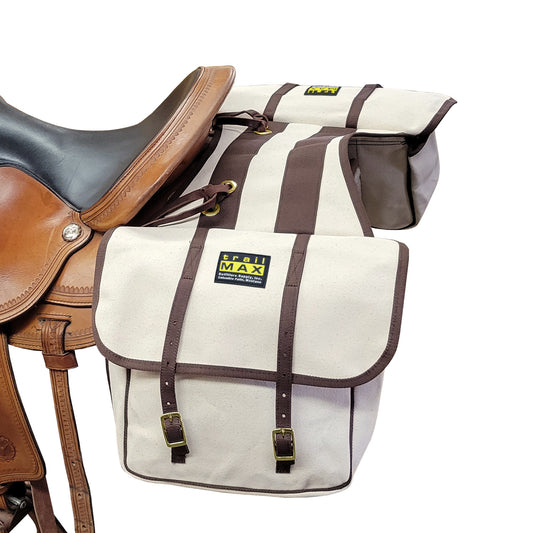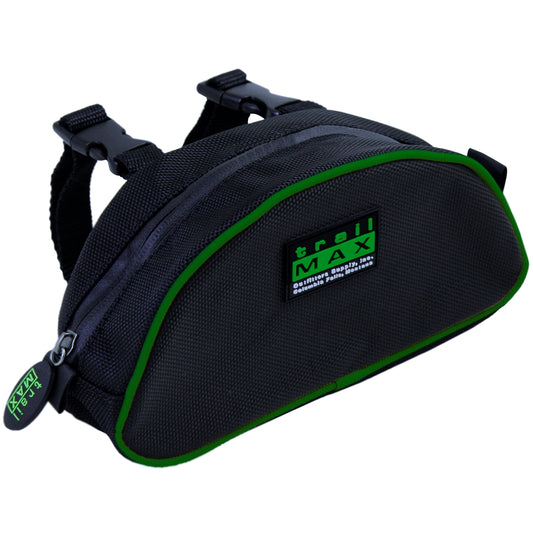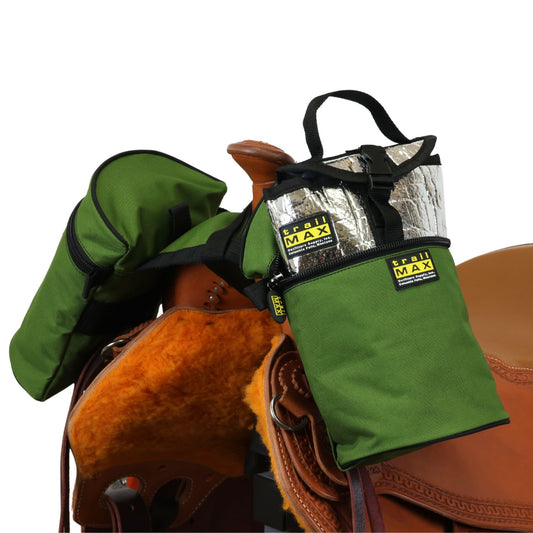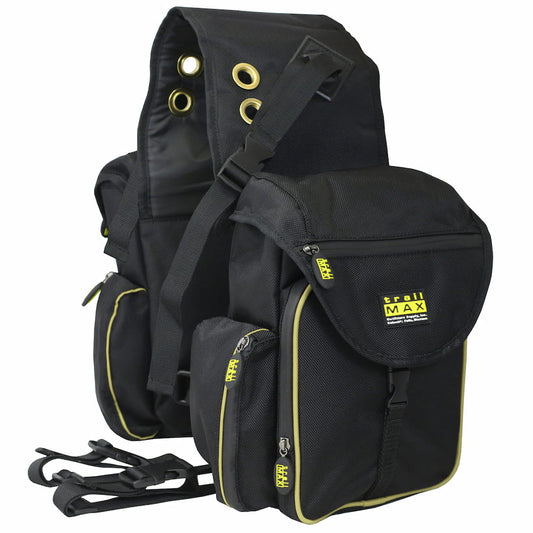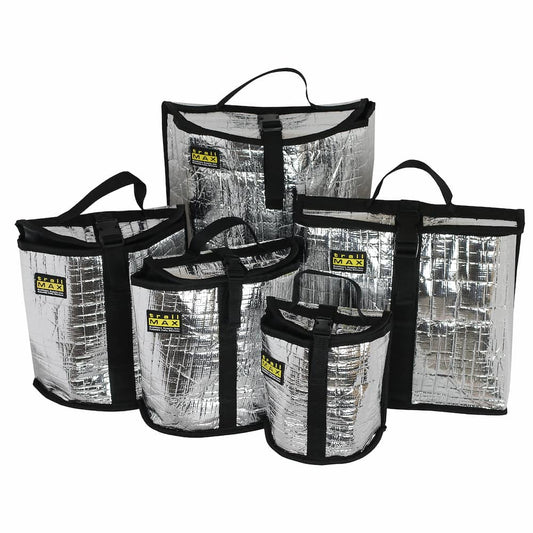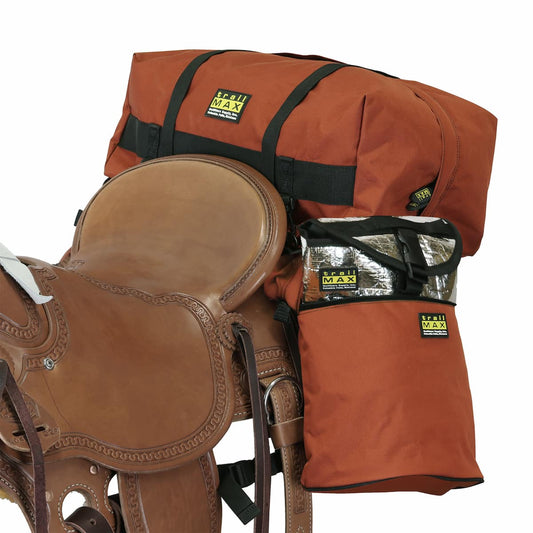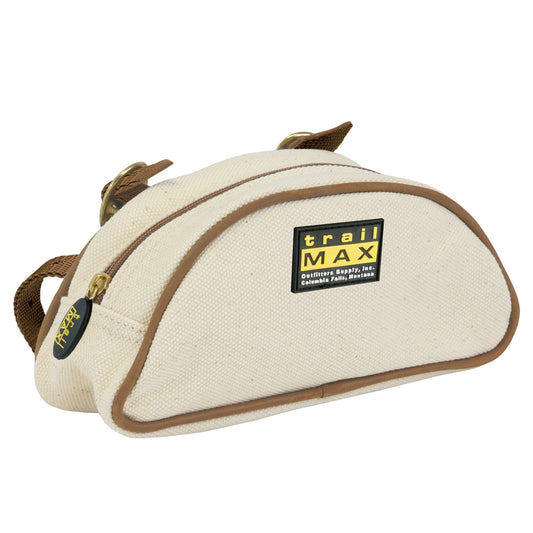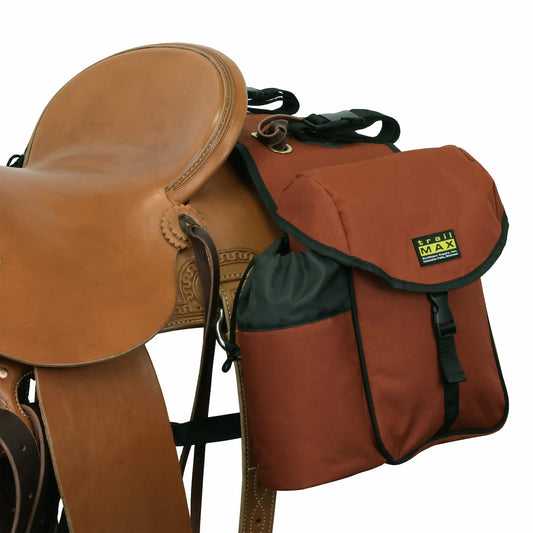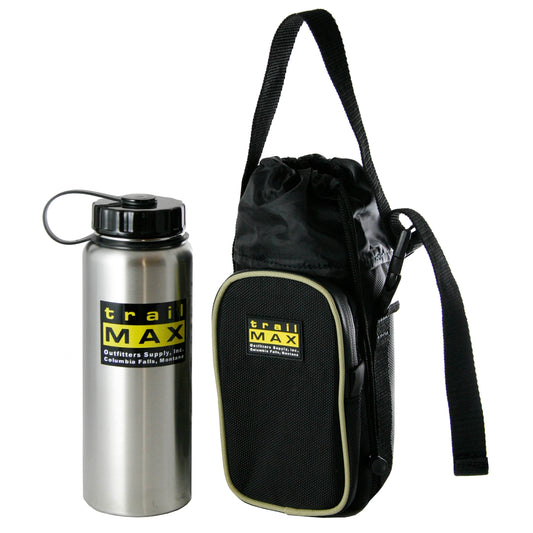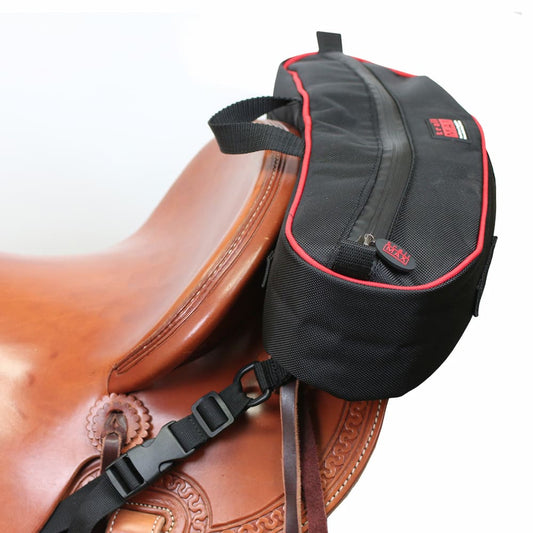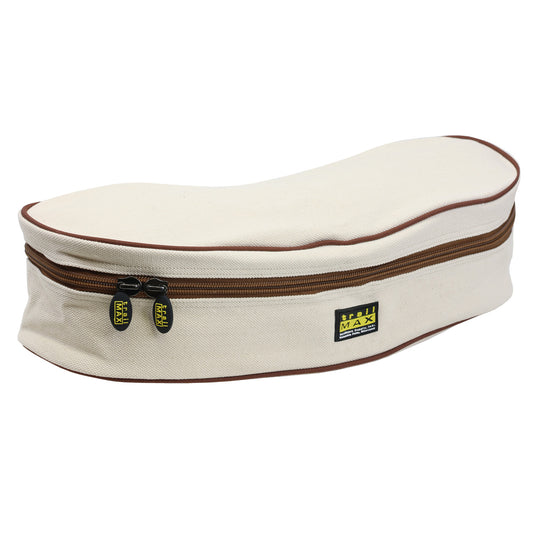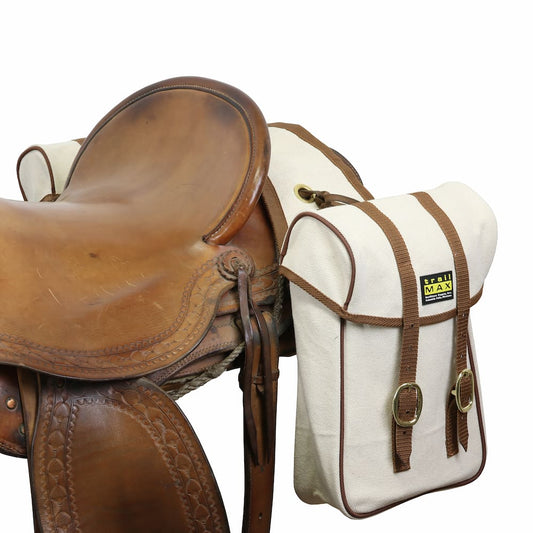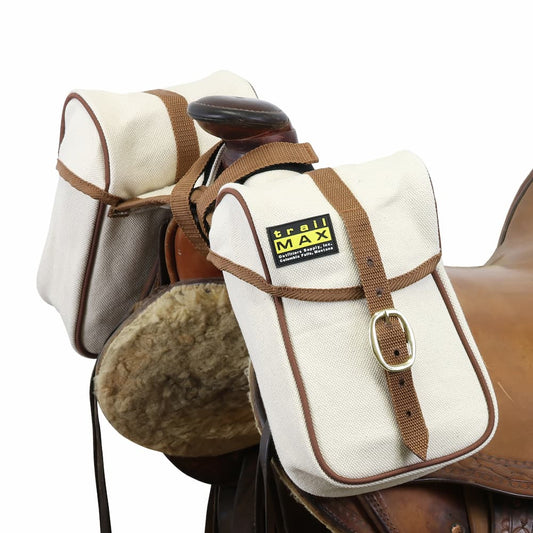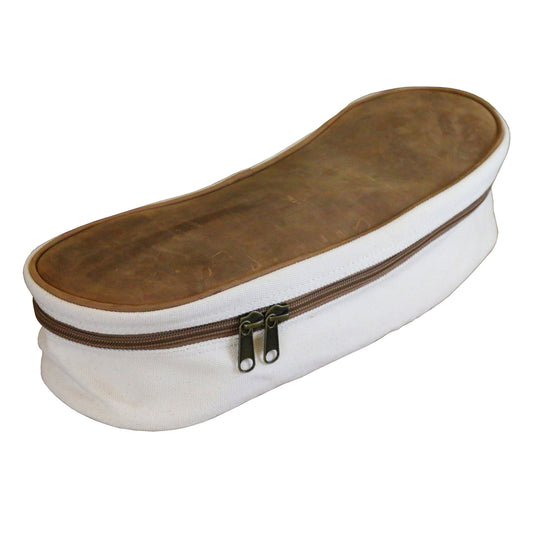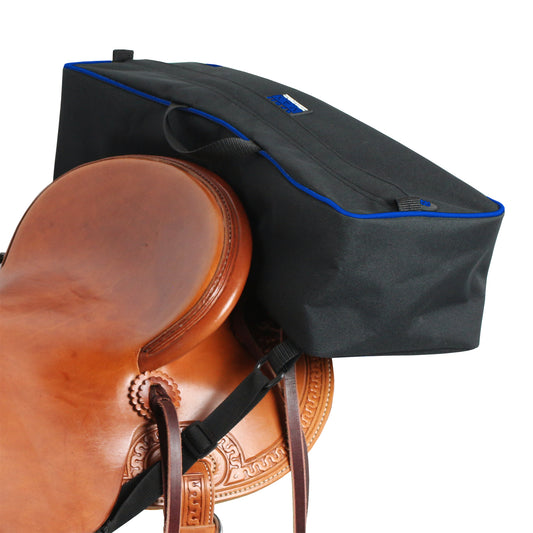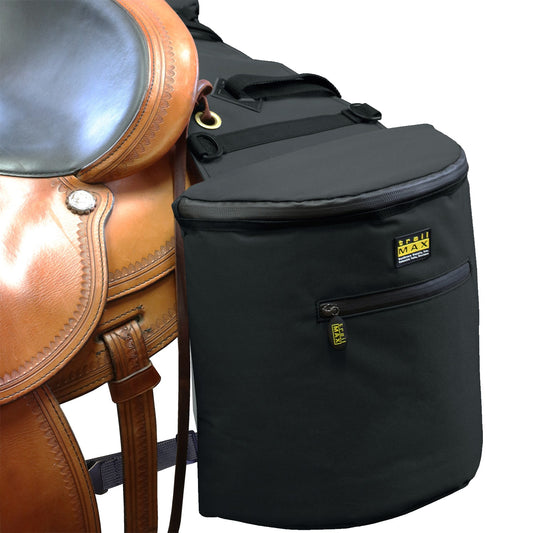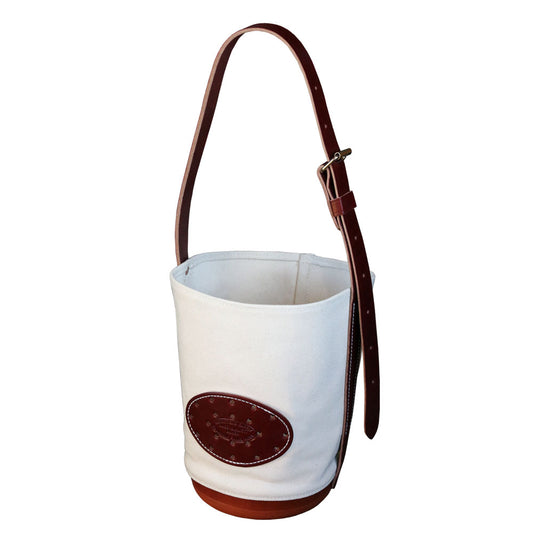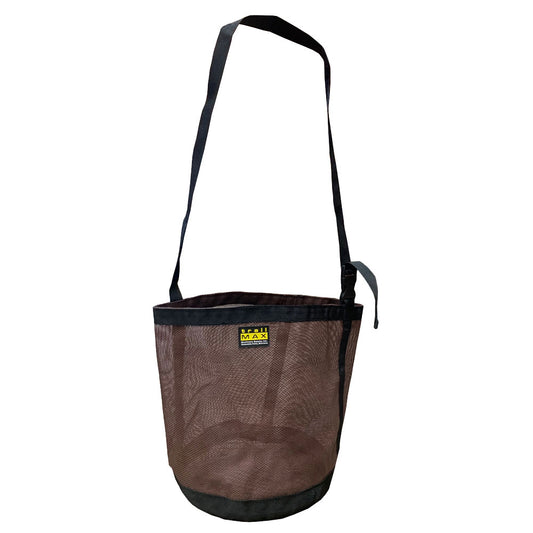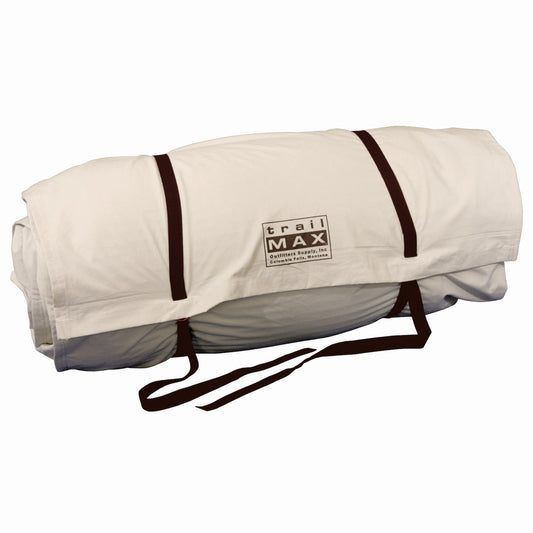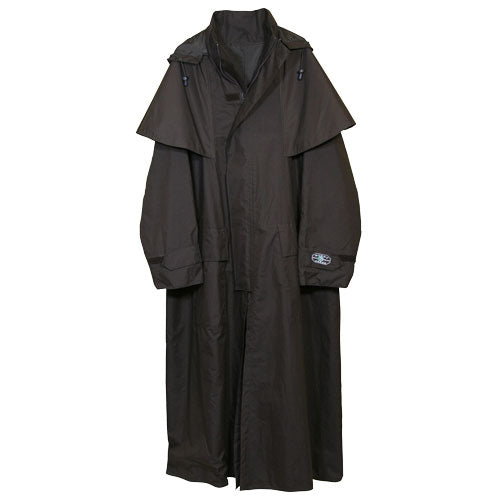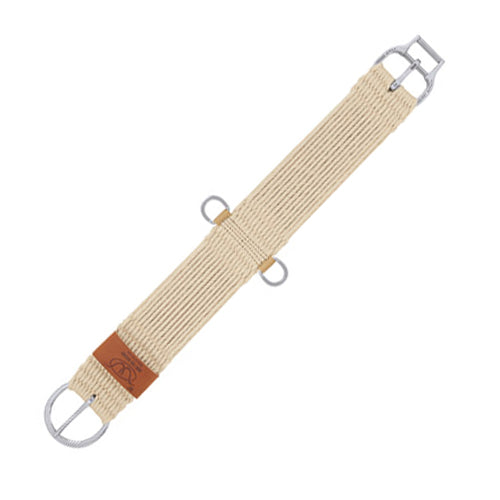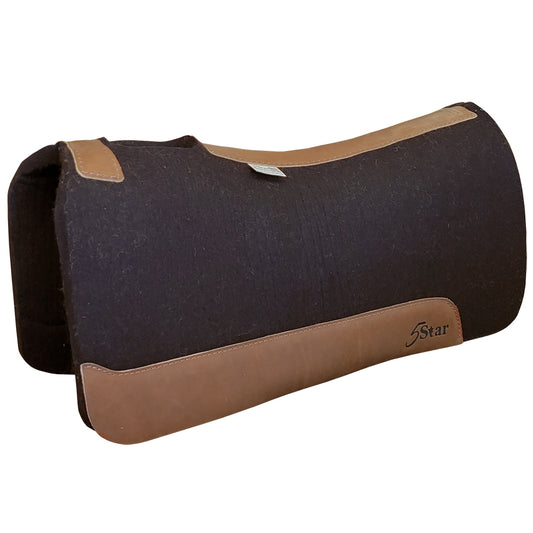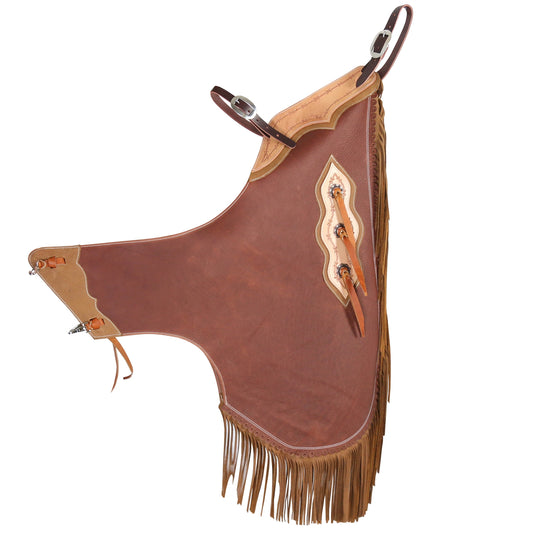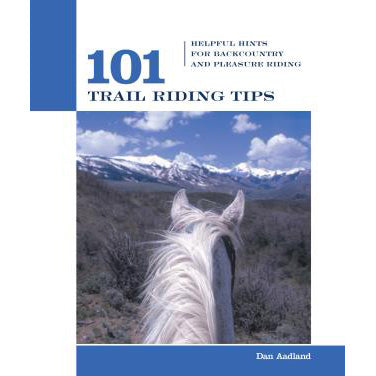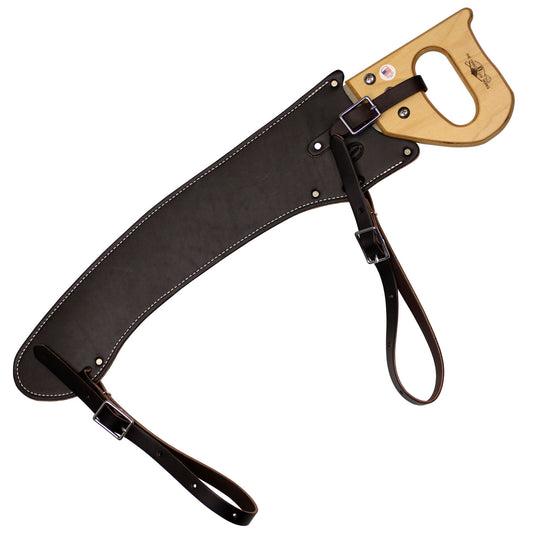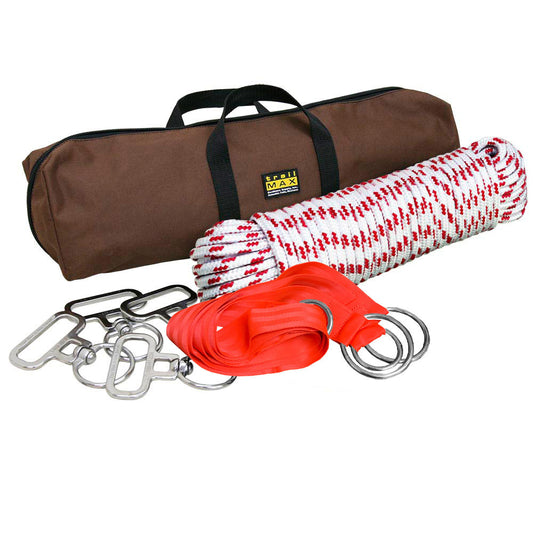Discover the Perfect Saddlebag for Any Occasion.
-
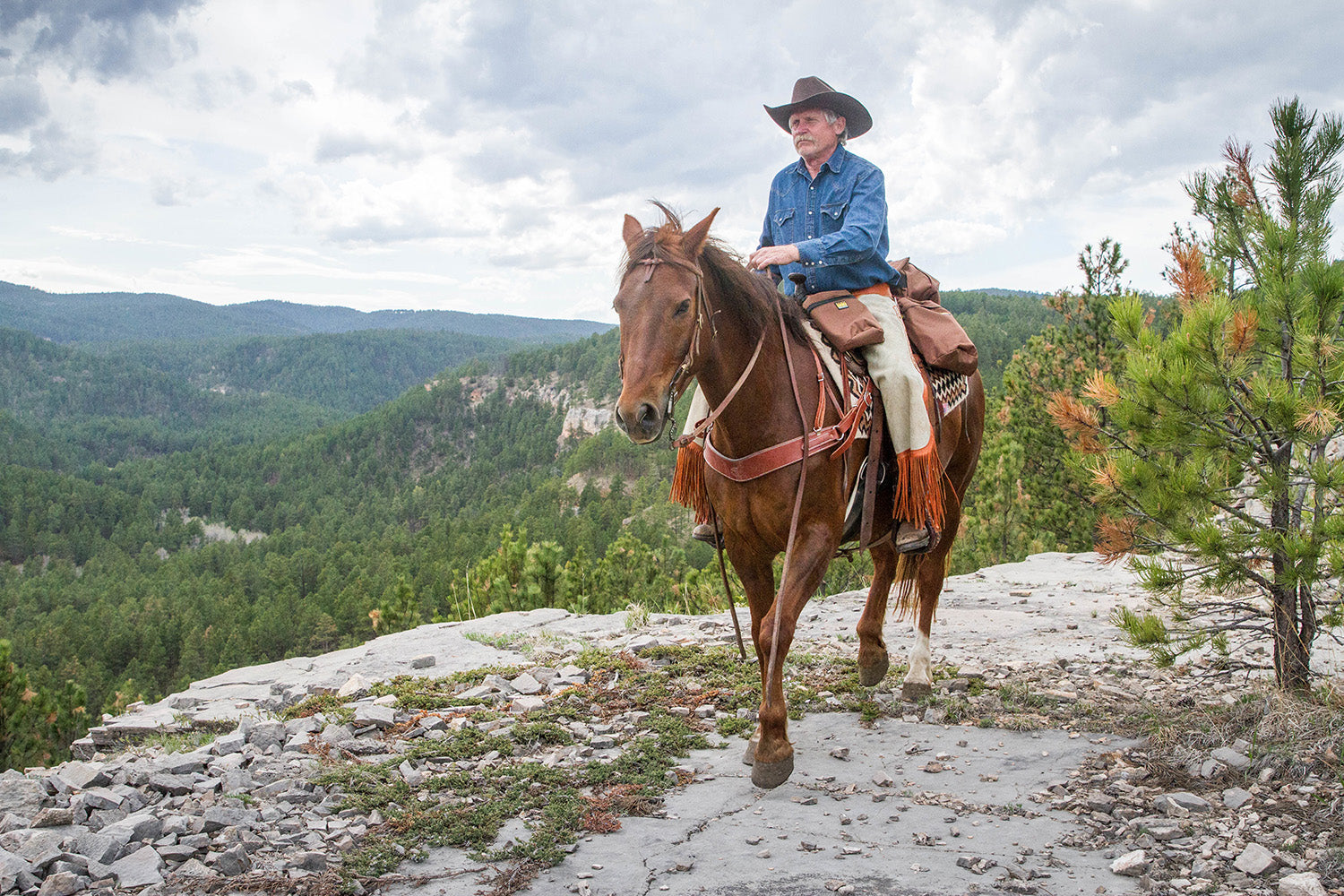
100 & 200 Series Saddlebags
SHOP NOWWe designed the Original TrailMax 100 and 200 Horse Saddlebag Systems to ensure that they (1) do not shift or slap the horse, (2) easily hold lightweight gear for a multi-day ride and (3) last as long as our desire to ride down the trail.
-
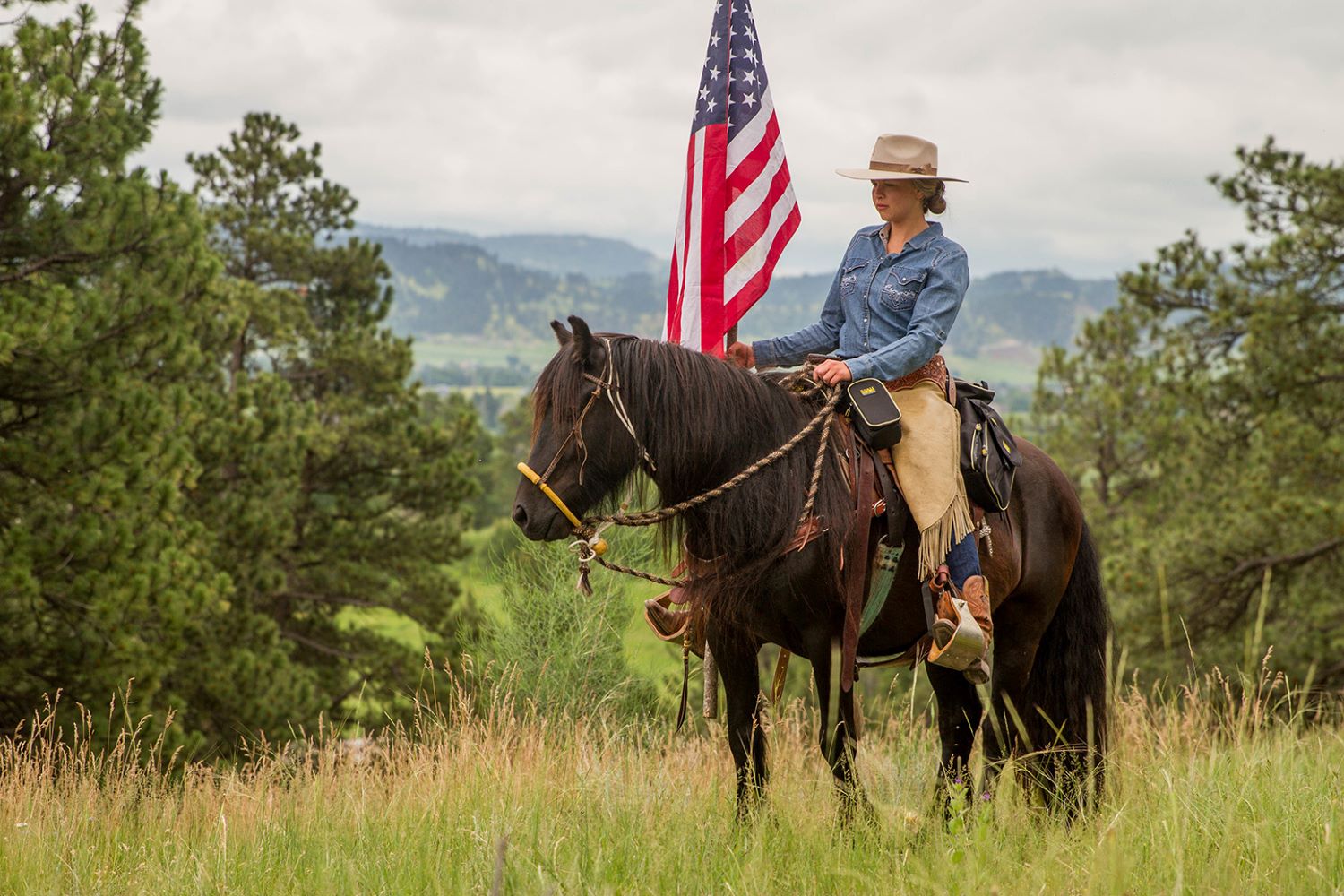
500 Series Saddlebags
SHOP NOWThese five saddle bag components work together to keep you organized. Like all the TrailMax Products, these are double stitched and made from only the best in materials. The TrailMax 500 Series Saddlebags and saddle pockets feature water resistant 1680-denier fabric and weather-resistant zippers.
-
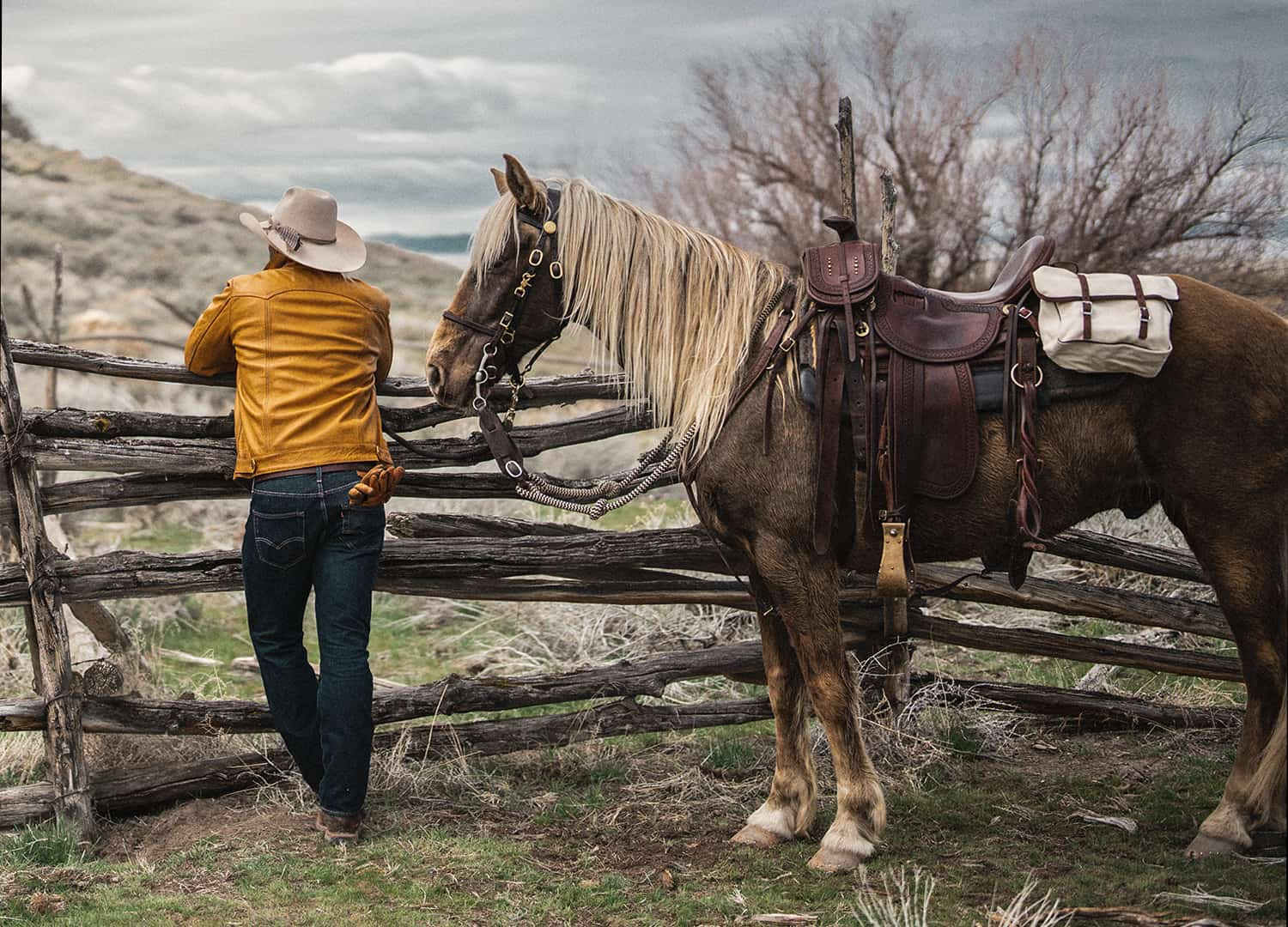
Canvas & Leather Saddlebags
SHOP NOWWe are pleased to offer a range of high-quality leather and canvas saddlebags, perfect for riders who appreciate a timeless style.
-
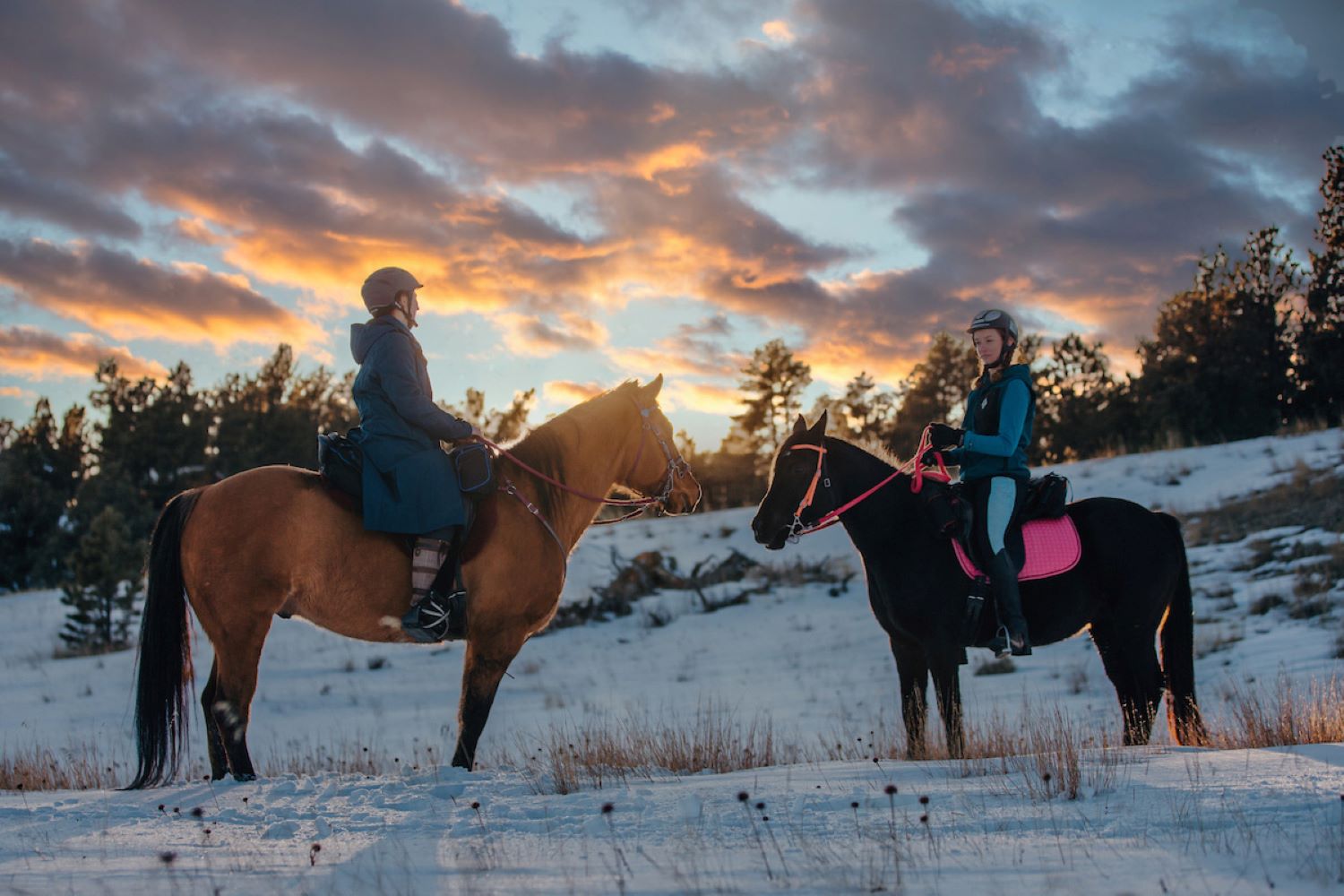
English Saddlebags
SHOP NOWOur TrailMax English saddle bags are designed to be low profile and contoured to fit most English and competitive endurance trail saddles without bouncing. We make it simple to stay hydrated with easy water bottle access and carry your snacks or an extra layer of clothing on your trail ride.
Saddlebags
Outfitters Supply has been trusted by riders for over 25 years to deliver saddlebags that hold up to every trail. From cantle and horn bags to pommel and rear saddlebags, each design is made to ride comfortably without slipping or bouncing.
Browse our wide selection of canvas, leather, and nylon saddlebags built to last. Whether you’re packing for a short trail ride or an extended adventure, you’ll find durable, rider-tested gear ready for the journey.
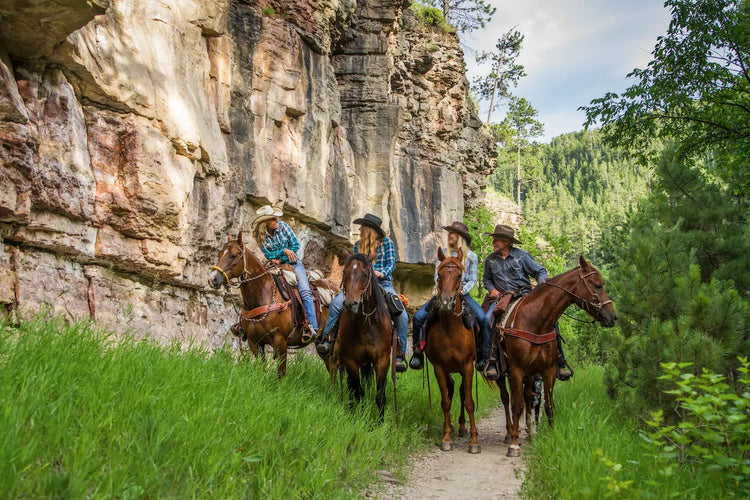
-
TrailMax Large Saddlebags (Multiple Colors)
Regular price $103.95 USDRegular price -
TrailMax Original Pommel Pocket (Multiple Colors)
Regular price $14.95 USDRegular price -
Canvas Saddlebags
Regular price $99.95 USDRegular price -
TrailMax Large Horn Bags (Multiple Colors)
Regular price $52.95 USDRegular price -
TrailMax 500 Series Pommel Pocket (Multiple Colors)
Regular price $17.37 USDRegular price$20.95 USDSale price $17.37 USDSale -
TrailMax Medium Horn Bags (Multiple Colors)
Regular price $46.95 USDRegular price -
TrailMax 500 Series Back Pockets (Multiple Colors)
Regular price $70.77 USDRegular price$103.95 USDSale price $70.77 USDSale -
TrailMax Grab-and-Go Inserts, pair
Regular price From $27.95 USDRegular price -
TrailMax Medium Saddlebags (Multiple Colors)
Regular price $94.95 USDRegular price -
Classic Canvas Collection Pommel Pocket
Regular price $29.95 USDRegular price -
TrailMax Big Sky Bags (Multiple Colors)
Regular price $89.95 USDRegular price -
TrailMax 500 Series Front Pocket (Multiple Colors)
Regular price $20.97 USDRegular price$26.95 USDSale price $20.97 USDSale -
TrailMax 500 Series Water Pocket With Water Bottle (Multiple Colors)
Regular price $25.17 USDRegular price$39.95 USDSale price $25.17 USDSale -
TrailMax 500 Series Cantle Pocket (Multiple Colors)
Regular price $37.77 USDRegular price$52.95 USDSale price $37.77 USDSale -
Classic Canvas Collection Cantle Bag
Regular price $59.95 USDRegular price -
Classic Canvas Collection Rear Saddlebags
Regular price $99.95 USDRegular price -
Classic Canvas Collection Horn Bags
Regular price $79.95 USDRegular price -
TrailMax Canvas & Leather Cantle Bag
Regular price $53.97 USDRegular price$89.95 USDSale price $53.97 USDSale -
TrailMax Daytripper Cantle Bag (Multiple Colors)
Regular price $26.97 USDRegular price$44.95 USDSale price $26.97 USDSale -
TrailMax Cooler Saddlebags
Regular price $109.95 USDRegular price
You might also be interested in...
-
Classic Canvas and Leather Feedbag
Regular price $79.95 USDRegular price -
TrailMax Heavy Duty Mesh Feed Bag, Brown
Regular price $21.95 USDRegular price -
Zippered Cavalry Bedroll / Sleeping Bag Cover
Regular price $209.95 USDRegular price -
Muddy Creek Rain Slicker for Trail Riders
Regular price $219.95 USDRegular price -
Weaver Mohair Blend 27-Strand Straight Smart Cinch (Multiple Sizes)
Regular price $89.95 USDRegular price -
5 Star 30" x 30" Horse Pad (All Around)
Regular price From $244.95 USDRegular price -
Tu-Tone Work Chinks with Barbwire Tops & Sides
Regular price $324.95 USDRegular price -
101 Trail Riding Tips by Dan Aadland
Regular price $12.95 USDRegular price -
#24 Fanno Pack Saw with Leather Scabbard | Curved Trail Saw
Regular price $132.95 USDRegular price -
4-Horse Highline Kit w/In-Line Swivels
Regular price $124.95 USDRegular price

FAQ
How much weight can my horse carry?
We often hear this question in reference to all manner of weight: the rider, the horse saddlebags, hornbags, pack loads, etc. There is no simple answer. Just like humans, some animals will be able to comfortably carry more weight than others and each animal needs to be evaluated individually. You must consider many factors, including the size and wight of the animal, the condition and health of the animal, the size, fit and weight of the trail saddle or pack saddle. Read our blog “How much weight can my horse carry?” for a complete list of factors you should consider, as well as tips for packing your load.
